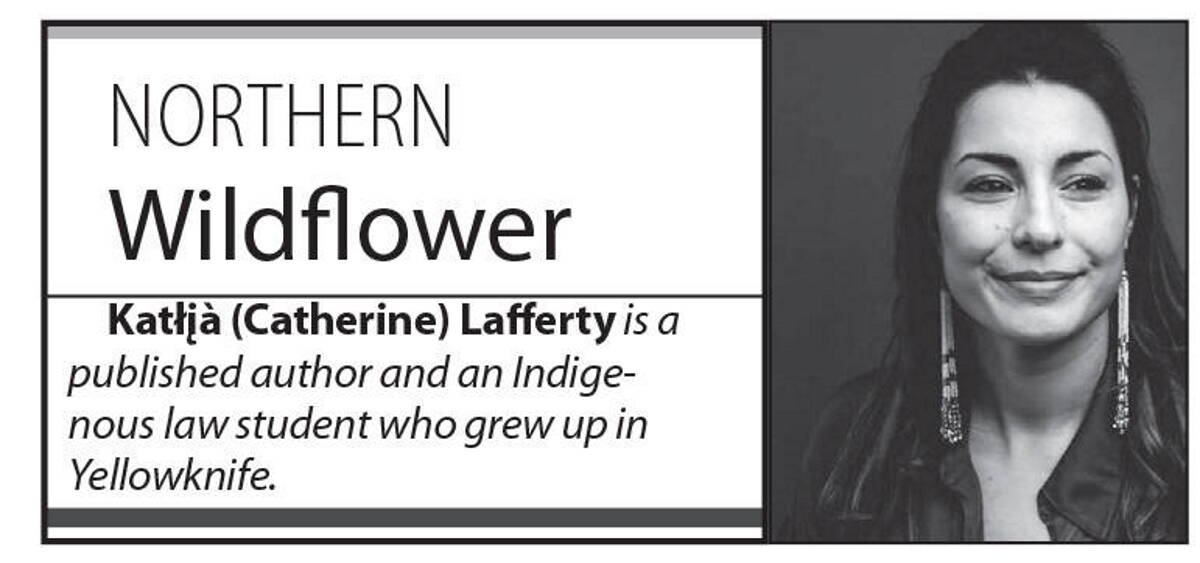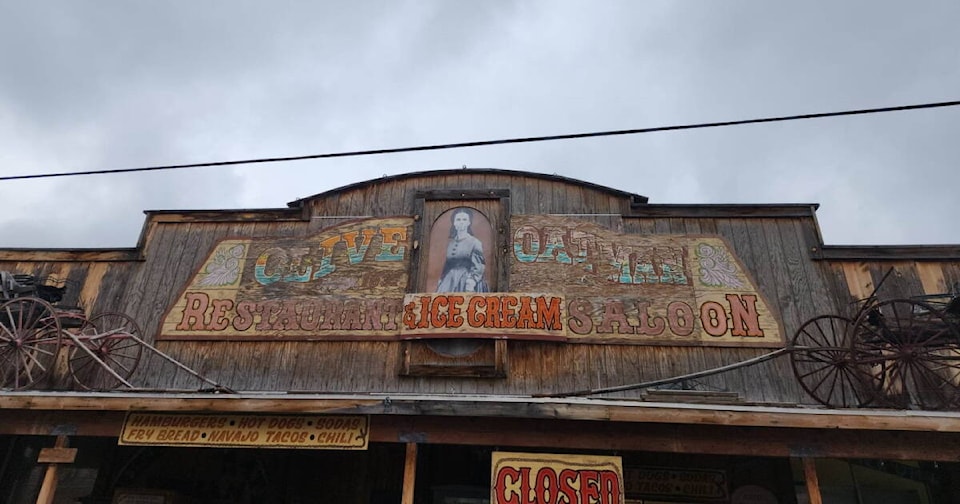Las Vegas is not for me.
My daughter and I spent two days there and that was enough for a lifetime.
It was busy, loud and full of every kind of temptation you could imagine — no wonder they call it Sin City.

We had to stop in Las Vegas to get to a small town that borders the Colorado River in Arizona along the Mohave Desert. I was a bit nervous to drive out of Las Vegas in a rental car after looking out the hotel window and seeing a busy six-lane freeway all hours of the day, but we managed to find our way out and drove through three states: Nevada, California and Arizona. It took a little less than half a day to get to our destination.
I had booked this trip back in the summer when seat sales were cheap so I didn’t want to cancel even though the weather was unpredictable. I feared flight delays, especially since this Christmas season was plagued with travel woes for many people across the country, including some of my family members who got stuck in Calgary while coming from Yellowknife. They were on their way here to Victoria to spend Christmas together but instead they spent an entire week in a hotel, including Christmas Day. To top it off, they all fell ill with the flu. It felt like a scene right out of Home Alone.
While in Arizona, my daughter and I and her granny on her dad’s side travelled to a small town in the mountains along the historic Route 66 highway. Minus a dozen or so people and a family of friendly donkeys that meander in the streets looking for feed, its pretty much a ghost town named after Olive Oatman, the daughter of a Mormon preacher. Her family left Missouri in search of setting a Utopian farming town and found themselves travelling alone in the arid desert mountains in the mid-1800s. With their starving oxen barely able to carry the load up and down the steep terrain strewn with cactus flowers, rattlesnakes, scorpions, and the unheeded warnings of “wild Indians” lurking in the shadows ready to attack – it was there at the edge of a cliff that the family met their fate.
The Yavapais, a tribe whose name means “people of the Sun,” had seized and killed most of Olive’s family, kidnapping Olive and her younger sister. Kidnapping was not unheard of in those days. In fact, there is a famous story of capture in the North on the Coppermine River in an area that’s now known as Bloody Falls, where a young Inuk woman was said to have been kidnapped, according to Samuel Hearne’s journals. Those journals, however, should be taken with a grain of salt because he could have lied to save himself from criminal punishment as there are some who believe that it was Samuel Hearne and his men who kidnapped the young girl. It’s a marked departure from his side of the story, which puts the blame on the Dene people. If only we had a time machine to travel back to find out the true history of many events to set the record straight.
Found a loving family
Nonetheless, it’s said that the Yavapais later traded the two Oatman girls to the Mohave in fear that the whites would retaliate and the Mohave took the girls in as their own and took care of them so much so that Olive became assimilated into their culture and had her reservations about leaving when she was found. Sadly, her younger sister died due to ongoing illness. Some would say that Olive had a classic case of Stockholm syndrome, but having lost most of her family, she found a loving family in the Mohave. Further still, Oatman’s chin was tattooed, which is a mark of being a Mohave person. Interestingly, the tattoo is strikingly similar to Kakiniit (Inuit tattoos).
If it’s any indication of the differences in societies between the whites and the Mohave, Olive waited two weeks in a brothel in a town called Yuma on the Mexican border to have a dress sent to her before she was brought back into “civilization” so that she could be considered “decent,” having been dressed only in a willow skirt. Oatman lived quite a long time. She later married and adopted a child. She was known to have a quiet solace about her.
Driving back down the hill from visiting the town named after Olive, I couldn’t help but think of how her life would have been different had she remained living with the Mohave as one of them. It’s documented that she often commented on the Mohave not taking more than they needed when referring to their seasonal planning. At first, her white-centric mentality was to plant as much as possible to have leftover preserves, but the Mohave food system was about balance and making sure that you only take what is needed, not hoard and store away food, thus depleting the land. Supply and demand was crucial to the Mohave and kept them alive in an area that was utterly devoid of vegetation, with the exception of plants like mesquite beans, which were noted as being hard to germinate in the dirt. The topography of the Arizona desert is curiously similar to the North, which may explain why some of the Dene relatives are found in southern Arizona as our trade routes fall along the Athabaskan trail for thousands of years, from the Chipewyan to the Navajo Nation there are similar laws, languages and farming techniques despite the extreme changes in temperature based on geography.
Caught between two worlds
As for Oatman, had she kept her ideals when it came to farming, or did she take with her the teachings of the Mohave and keep within her means for survival as she went about her life? In terms of assimilating back into a white society, it’s said that she would hold her hand up to her chin to hide her tattoo in public but later on in life she decidedly allowed her markings to be seen and quite possibly wore them proudly. Keeping in mind this is at a time when women had no rights at all — her tattoo would be considered impure among her white peers.
Oatman was a women caught between two worlds, and I would venture to say that’s why so many people are drawn to her story. There is a long existing stereotype that Indigenous peoples were only violent, but Oatman’s story breaks down those assumptions and shows that this is not the case at all. In fact, even at a time when the United States was claiming proclamation of freedom, the Mohave were already practising this, treating their own and those not of their tribe with more respect than what Oatman was given upon her return to her own kin.
In looking back at Oatman’s lengthy and treacherous travels, and how things used to be at a time when life seemed much more fragile, I really should be thankful that there is safe, accessible transportation in this day and age. Even with unpleasant delays and weather disruptions, had there been no such thing as planes or vehicles, many of us wouldn’t have a chance to spend time with our families without having to travel days, if not months, risking illness and tragedy to greet each other once again.
